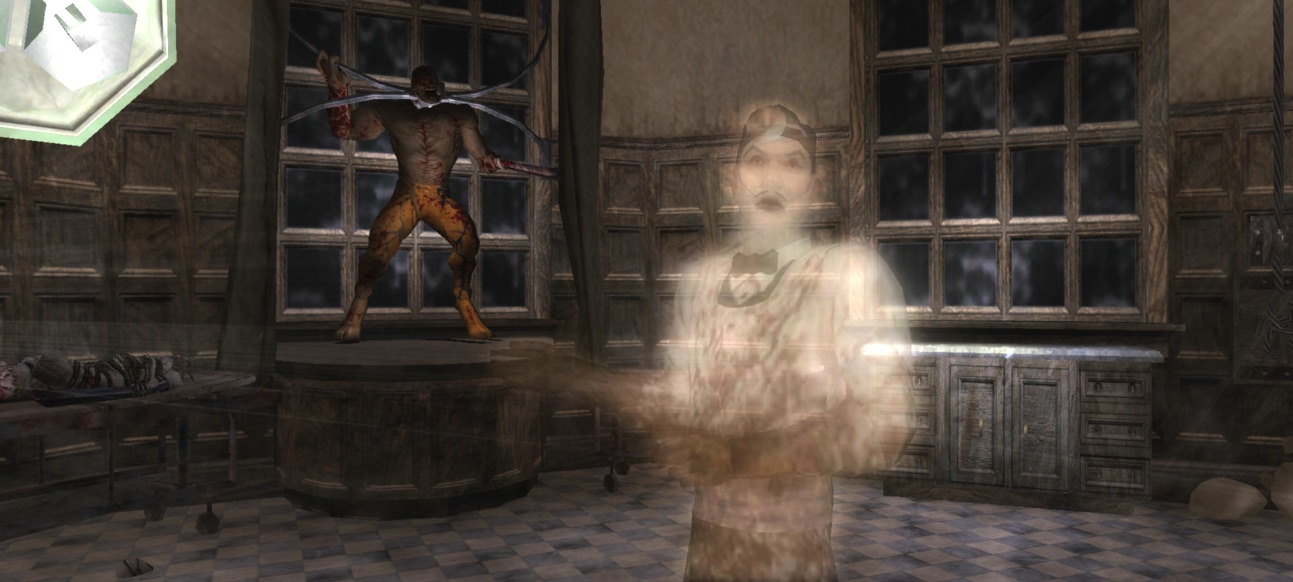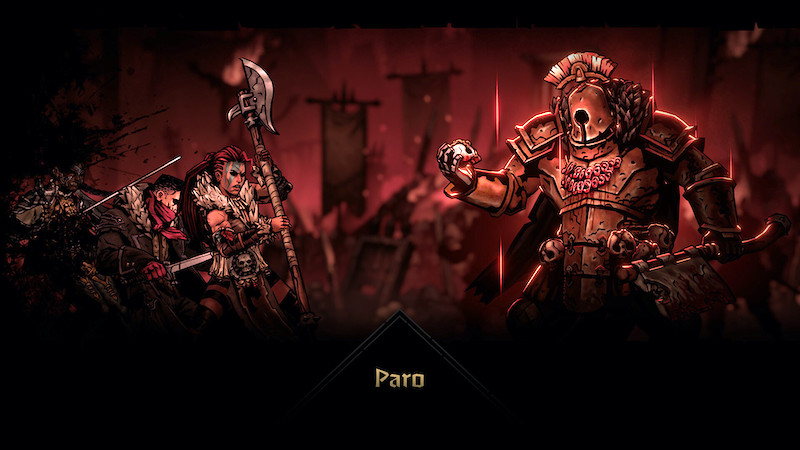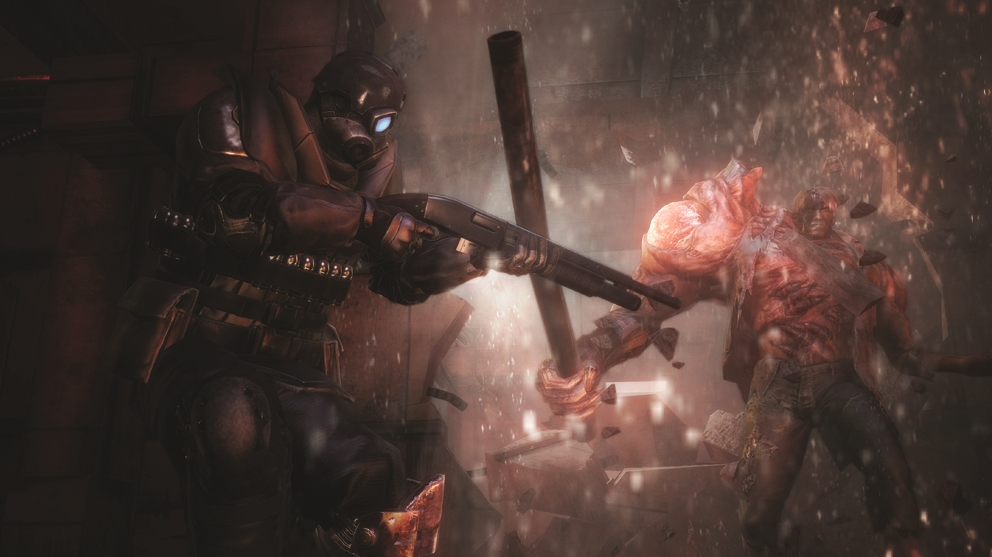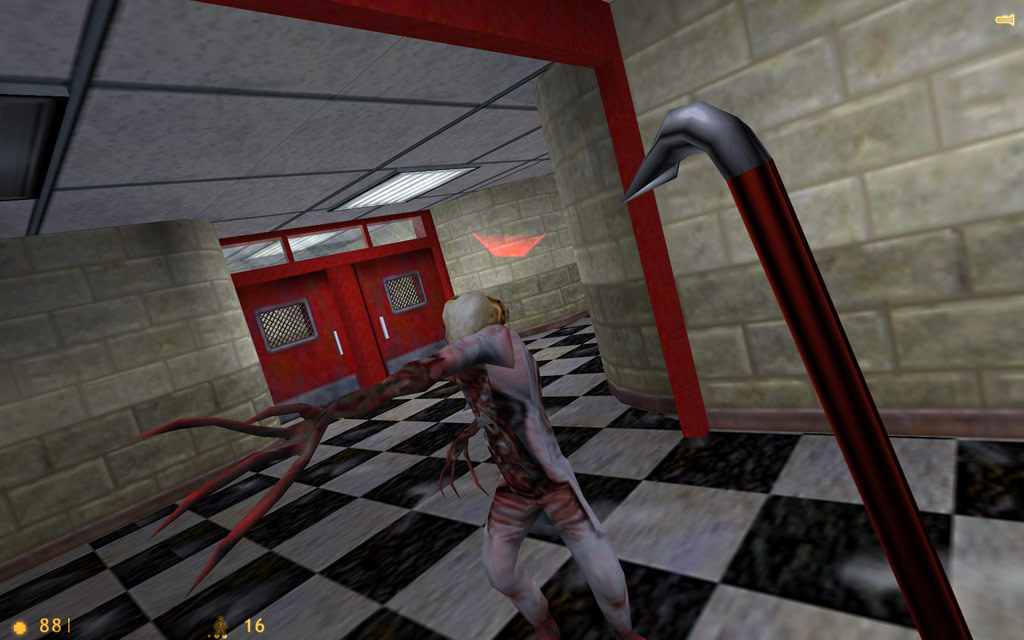
Monster Mania: The Suffering’s Monsters Remain A Smorgasbord of Suffering
Monster Mania is a weekly column celebrating the unique and varied monster designs in horror gaming.
To this day, there simply is not enough respect put on The Suffering’s scuzzy name. Surreal Software’s 2004 action horror series is dripping with early aughts horror energy that is impossible to replicate in the modern age. Add it to the pantheon of games with an inherent “ick” factor, such as Rockstar’s Manhunt and Monolith Studios Condemned: Criminal Origins. Ugly worlds filled with repugnant people (and abominations) that have all the subtly of a bull in a china shop. And you know what? This ick was integral to The Suffering having one-of-a-kind monster designs.
Notably, the late Oscars-winning special effects guru Stan Winston (who worked on obscure films such as Aliens, Predator, and The Thing) was consulted on crafting The Suffering’s monsters. And just as impressive, these monsters abided by one of the pillars of smart monster design: Designs that reflect their game’s world.
The Suffering puts the player in the shackles of death row inmate Torque. Convicted of slaughtering his family (a crime he has no memory of), Torque finds himself imprisoned on Carnate Island. It doesn’t take long for the island to be overrun with monsters that serve as incarnations of Carnate Island’s most devious former residents.

The incarnations are not simple mutants or zombies but hellish manifestations of how former prisoners were executed. The more violent the means of execution, the more monstrous the creature’s design is. The first enemy Torque encounters are Slayers. According to a journal entry from The Suffering antagonist Dr. Killjoy (never has there been a more apt name), the Slayers’ origin stems from the French military’s habitual knack for beheading as a form of execution. Now, imagine a ballerina whose hands and feet have been replaced with blades. Oh, and their limbs are attached by ramshackle-together steel rods. Oh, and they crawl on the ceilings and attack in groups—a nasty, nasty primer for what is in store for Torque.
The origins of these incarnations being rooted in death are one thing, but to have these monsters’ bodies tell their history is another. It is the quality of monster design that all developers should strive for, given it goes against the monster grain of, “Oh, this is only scary because it looks fucked up.” Ultimately, something that feels like it belongs within a specific world has more importance behind it and helps to craft a singular tone that can separate The Suffering from others within its given genre.
For example, the Marksman is a massive fleshy blob with rifles protruding from its back. The Marksman is an especially problematic enemy that can dwindle Torque’s health from afar—a formidable foe whose history is written across its body in both subtle and blunt design decisions. The rifles protruding from the creature’s back are the rather blunt part of their design. However, the easily missable cloth tied around their eyes supports their backstory of being one of many executed by firing squad during World War II when Carnate Island was used as a P.O.W. camp.

And last but certainly not least, there are the prickly Mainliners. A humanoid creature with glowing syringes embedded in their backs and having replaced their eyes. Mainliners are Spider-like in how they scurry and pounce on their prey in an attempt to stick them with their numerous needles. Mainliners’ origin derives from their being executed by means of lethal injection. Despite their disturbing signature look, Mainliners are indicative of Carnate Island’s modernizing means of execution. As lethal injection was the most modern amendment to the types of executions occurring on the island, Mainliners have secured their horrific place in the island’s sordid history as the last of the carnations. You can draw a thorough line from execution styles of different eras that match up with the horrors found within this twisted universe.
These are but a few examples of The Suffering’s unique brand of terror. I have always considered the game somewhat of a monstrous allegory for the criminal justice system. While the game delivers its commentary with the subtlety of a sledgehammer, the cavalier nature of this delivery allows for the game to spawn these memorably despicable creations. The game’s keen attention to detail in the design of these monsters is undoubtedly where the genius of Stan Winston factors in. Each creature’s origin is simple enough: Decapitation, firing squad, hanging, lethal injection, etc., and yet this was enough inspiration to create what I genuinely consider to be an unparalleled realm of monster design in games. You could very easily describe The Suffering as try-hard or edgy; to be fair, you’d be right. But there is something affecting how aggressive the game is in both design and narrative. It is unapologetic, sickening, and brash, but there is merit to that, which has allowed this series to be incarcerated in my brain almost 20 years later.
For more horror game reviews, opinions, and features, check out DreadXP.




